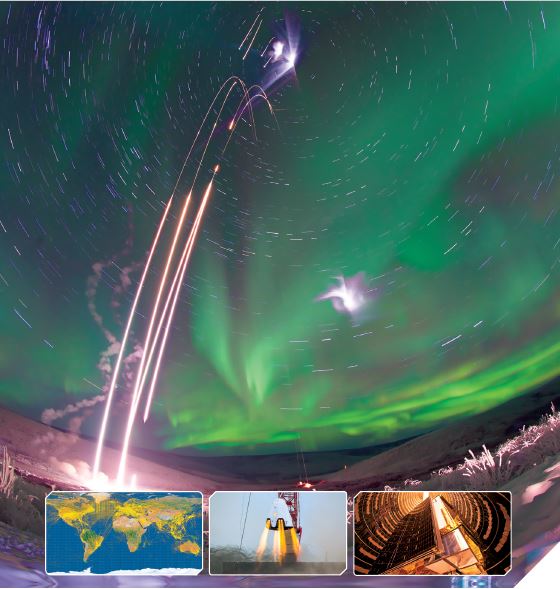Infrastructure
Launch
2016 – U.S. Human Launch – Snapshot
The United States is approaching its sixth year without a space launch vehicle capable of transporting humans to space and back. NASA has instead…
2016 – Russia Human Launch – Snapshot
Russia continued to be the only nation ferrying humans to the International Space Station (ISS) in 2016 with its…
2016 – China Human Launch – Snapshot
China was one of two nations with human space launch vehicles active in 2016. After a three-year hiatus, China launched its…
2016 – Japan Payload Launch – Snapshot
Japan’s share of the 2016 global orbital launch market stayed around ##%, equaling the country’s ##. ## of Japan’s ## orbital launch attempts were ##, giving the country a ##% reliability record for 2016…
2016 – U.S. Payload Launch – Snapshot
U.S. launch activities constituted ##% of global orbital launch activity, matched only by China during 2016. The country’s ## successful launches for 2016 exceeded its 2015 efforts by ##.
2016 – Infrastructure: Space Infrastructure


Space infrastructure is a fundamental prerequisite for all activities that make use of space. It comprises all the hardware, software, and operators responsible for creating and supporting the construction, launch, and deployment of spacecraft.
Payload Launch
Whether suborbital or orbital, the world remained busy launching vehicles into space. The distinction between suborbital and orbital launch is very specific. Suborbital launches lack…
2015 – Other Countries, Launch, Payload
Iran made another tentative foray into the global launch family during 2015. The country’s attempt . . .
2015 – China Launch, Human
China’s most recent human mission to space was in June 2013, when three taikonauts docked a capsule with the Tiangong-1 space station. Since then, China has announced plans to launch a second space station, Tiangong-2, to replace Tiangong-1. The Chinese government continued assembling and testing Tiangong-2 in 2015, intending to launch it into orbit sometime in 2016. A subsequent crewed mission, Shenzhou-11, would be launched later in 2016. The crew will dock with the Tiangong-2 and may stay in the space station as long as a month.
2015 – Russia Launch, Human
In 2015, Russia continued to be the only nation flying humans into space since June 2013. The Russian Soyuz capsule was conceived, designed, and first launched nearly five decades prior to 2015. The Soyuz space launch vehicle that boosted the Soyuz capsule into space has an even longer heritage. The first of its family launched as the world’s first intercontinental ballistic missile, and a succeeding generation launched Sputnik, the world’s first satellite. Capsule and launch vehicle continued to be modified over the years, enabling them to remain in service.